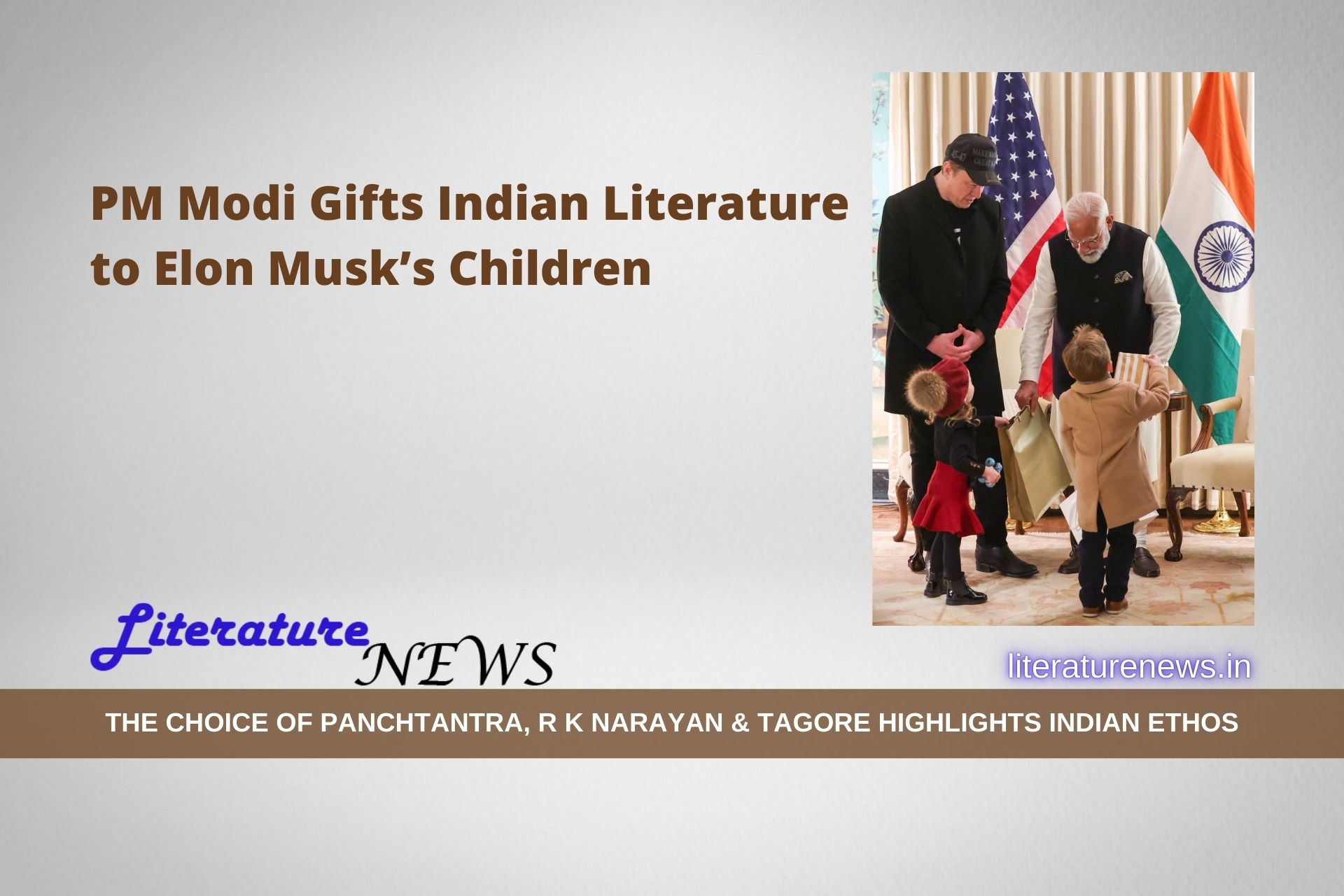Reading is a practice that will seldom go out of fashion. However, it might decline with time. Time has been witness to this. The evolution of reading habits is a dynamic phenomenon, subject to constant change influenced by a myriad of external and internal factors. External elements encompass the ever-evolving landscape of technology, which has ushered in the digital age, providing readers with diverse platforms and formats. Meanwhile, internal factors, such as personal preferences, genre choices, and even mood, play a pivotal role in shaping an individual’s reading habits. The reader’s inclination towards a specific genre, whether it be fiction, non-fiction, or a blend of both, directly impacts the literature they choose to engage with. Furthermore, the reader’s mood at any given moment can significantly influence their literary preferences, with some opting for light-hearted fiction to lift their spirits, while others may seek solace in the pages of profound philosophical work. As society continues to embrace technological advancements, the reading landscape remains in constant flux, with readers navigating through a diverse array of options to satiate their literary cravings. In essence, the ever-changing nature of reading habits is a reflection of the intricate interplay between external stimuli and internal predispositions, making it a rich and dynamic aspect of human engagement with literature.
Recent research has provided valuable insights into the changing reading habits of young people in the digital age, focusing on the influence of digital media on their reading behaviours. This article delves into the findings of various studies, exploring the impact of digital versus print mediums on reading comprehension, the preferences of young readers in the realm of fiction, and the role of social media in shaping their reading habits.
1. Reading Habits: Digital vs. Print
A comprehensive review of educational research underscores the significant impact of the reading medium on young people’s comprehension abilities. Contrary to the notion that digital media is inherently inferior to print media, the study reveals that traditional print publications contribute more to enhancing young people’s comprehension abilities than online reading does.
The University of Basel conducted a study examining the disparities between reading habits on digital platforms and traditional literary works. The research indicates that young people show a preference for teen fiction over classic literature on digital platforms like Wattpad. This inclination towards contemporary and relatable stories may explain the heightened engagement of young readers on digital platforms.
2. Social Media and Reading Habits
The surge of social media has played a pivotal role in shaping the reading habits of young people. Research from the Arthur Ransome Society suggests that social media platforms serve as a popular source of reading material for young individuals, with some even acquiring fluency in reading through online games and other digital content. However, concerns persist about the potential exposure of young readers to inappropriate or pirated material via social media.
A study by the National Literacy Trust, encompassing 64,000 individuals aged 8-18, indicates that although overall reading for pleasure is declining among young people, 40.3% of them engage with comics. This research underscores the potential of digital media, particularly visual storytelling formats like comics, to captivate the interest of young readers.
3. Implications for Young People’s Reading Habits
These research findings hold substantial implications for the consumption and engagement of young people with reading material. While digital media offers an abundance of content and opportunities for readership, it is imperative to acknowledge the varying impacts of different media formats on comprehension abilities.
Furthermore, the shift towards digital reading platforms and social media as primary sources of reading material prompts reflection on the role of traditional print publications and the literary canon in shaping young people’s reading habits. Educators and parents must explore strategies to encourage a diverse range of reading materials, encompassing both print and digital formats.
Conclusion
In conclusion, the research on young people’s reading habits in the digital age paints a nuanced picture of preferences and behaviours. While digital media expands avenues for engagement with reading material, the consideration of its impact on reading comprehension and overall literary engagement remains crucial. Understanding these trends empowers educators and parents to foster a lasting love for reading that will benefit young people throughout their lives.
Sources:
1. University of Basel study on digital reading platforms
2. Review of Educational Research on the impact of digital media on reading comprehension
3. National Literacy Trust study on young people’s reading habits
4. Arthur Ransome Society research on the role of social media in young people’s reading habits
5. SFU English Department study on young people’s reading preferences
Manish for Literature News





Add Comment